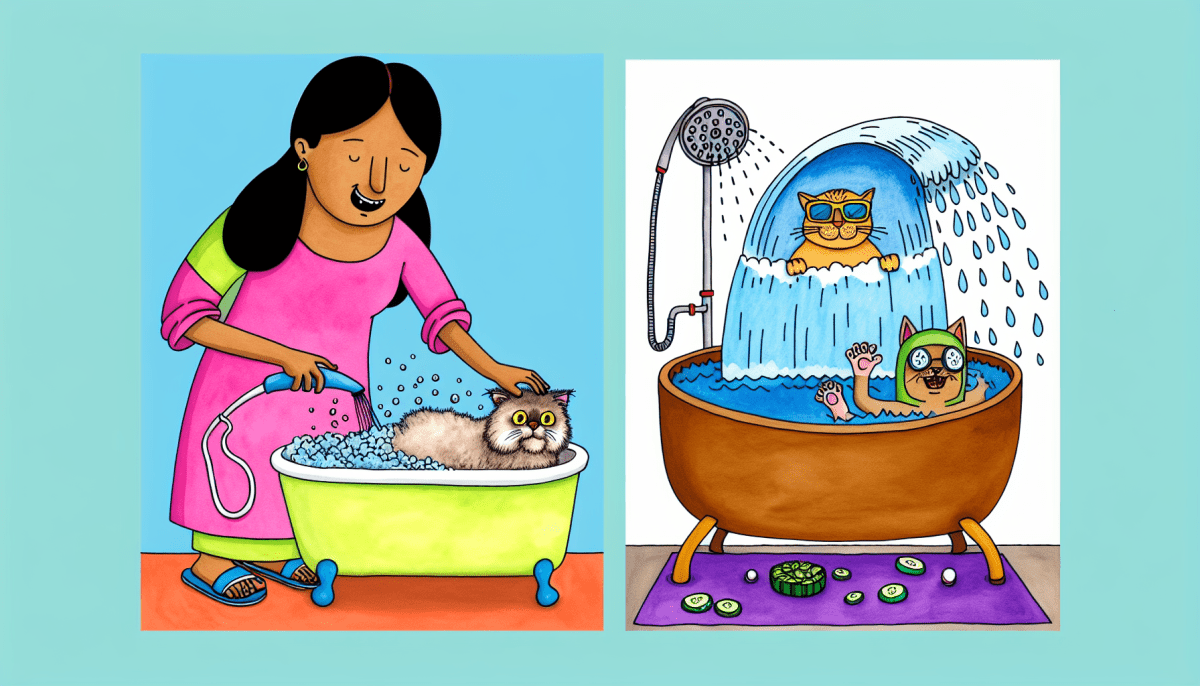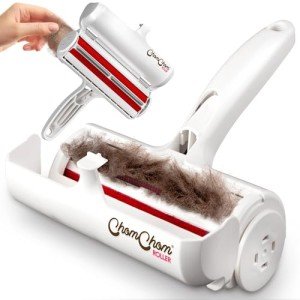When it comes to bathing cats, a lot of misconceptions swirl around. Let’s clear up some common myths so you can better understand your feline friend’s grooming needs.
Myth 1: Cats don’t need baths. While it’s true that most cats groom themselves quite well, there are times when a bath is necessary. If your cat gets into something sticky or smelly, a bath can help. Older cats or those with medical issues might also benefit from a gentle wash to keep their fur clean and healthy.
Myth 2: Cats hate water. It's a common belief that all cats despise water, but that’s not entirely accurate. Some breeds, like the Maine Coon or Turkish Van, actually enjoy it! Just remember, every cat is unique, so their reactions to water can vary.
Myth 3: You should use human shampoo when bathing cats. This is a big no-no! Human shampoos can irritate your cat’s skin. It’s best to stick with shampoos specifically made for cats – they’re formulated to be gentle and safe for your furry companion.
Myth 4: You can bathe your cat like a dog. Bathing a cat requires a bit of finesse. Unlike dogs, cats can be more sensitive to being submerged in water. A gentle rinse rather than a full soak is often more effective and less stressful for your kitty.
Why Some Cats Need Baths
When you think about giving your cat a bath, you might wonder if it’s really necessary. The truth is, some cats might need a little extra help when it comes to staying clean. Here are a few reasons why bath time can be important for certain felines.
First up, there are cats with medical conditions. If your kitty has skin issues, like allergies or infections, a gentle bath can help soothe their skin and wash away irritants. A vet might even recommend special shampoos that can assist in healing, helping your furry friend feel more comfortable.
Then, there are the fluffballs that shed like crazy or get into some sticky situations. Long-haired breeds, like Persians and Maine Coons, often need baths to keep their coats smooth and tangle-free. A regular wash can help prevent painful mats that can form if the hair gets too knotted.
Let’s not forget about the less-than-glamorous moments. Sometimes, cats get into messes—think mud, paint, or something smelly. In these cases, a bath is a quick and effective way to get rid of those odors and keep your home smelling fresh, too!
If you have a cat that’s particularly prone to getting dirty or has specific grooming needs, baths might become a part of your routine. Just remember, not all cats will need a bath, so it's essential to know your cat’s unique needs and temperament.
Tips for Bathing Your Feline Friend
Bathing your cat can seem like a daunting task, but with the right tips, it can be a smooth experience for both you and your feline friend. Here are some friendly pointers to make bath time a little easier:
By following these tips, you can help ensure that bath time is as stress-free as possible!
Post-Bath Care for Your Cat
After the bath is over, your cat needs some extra TLC to help them feel comfy and keep their fur looking great. Here are a few tips to make post-bath care as easy as possible.
First things first, make sure your kitty is dried off properly. You can use a soft towel to gently pat them dry. Some cats might tolerate a hairdryer on a low setting, but keep it at a distance and see how your cat reacts. The goal is to keep them cozy, not stressed!
Next, check their ears and eyes. A bath can sometimes lead to a bit of water getting trapped in these areas. Just take a moment to wipe around their eyes with a damp cloth and gently clean their ears if needed. Always be cautious not to poke too deep—just a little wipe is enough!
Finally, give your cat some space to groom themselves after the bath. Cats love to reestablish their scent and smooth out their fur. Offer a cozy spot and maybe their favorite treat to make the experience more enjoyable. It’s a great way to reinforce positive vibes after a bath!







